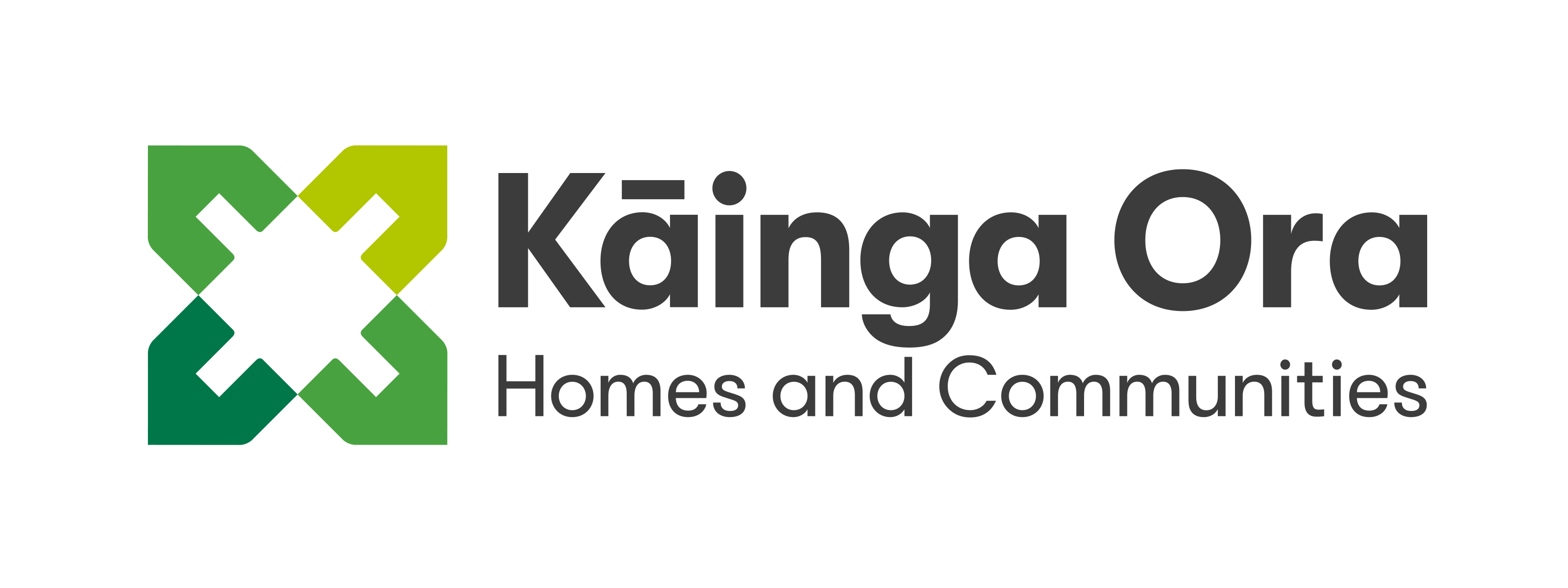Latest News
To the surprise of many, the corporate bond market – including the Australian domestic market – rebounded hard and fast from the early days of the COVID-19 crisis with ample liquidity and competitively-priced deal flow. Treasurers share their views on what could be a new paradigm.
Kainga Ora – Homes and Communities held its second-ever investor day on 14 September to present how the New Zealand government’s direction to tackle housing affordability will affect the agency’s strategy to deliver world-leading public-housing and urban-development projects. Close to 100 attendees participated in the event, which was facilitated by KangaNews.
To the surprise of many, the corporate bond market – including the Australian domestic market – rebounded hard and fast from the early days of the COVID-19 crisis with ample liquidity and competitively-priced deal flow. Treasurers share their views on what could be a new paradigm.
To the surprise of many, the corporate bond market – including the Australian domestic market – rebounded hard and fast from the early days of the COVID-19 crisis with ample liquidity and competitively-priced deal flow. Treasurers share their views on what could be a new paradigm.
To the surprise of many, the corporate bond market – including the Australian domestic market – rebounded hard and fast from the early days of the COVID-19 crisis with ample liquidity and competitively-priced deal flow. Treasurers share their views on what could be a new paradigm.
Woolworths priced two sustainability-linked bonds in September – the first time the issuer has taken advantage of the relatively new format – tapping the euro and then the Australian dollar markets. The issuer says the deals represent the evolution of its green, social and sustainability funding strategy.
Transition is regarded by many as the holy grail of sustainable finance, achieving the greatest impact for the investment dollar by supporting the change economies need to achieve carbon-reduction targets. Market participants are wrestling with the challenges of developing a transition-finance market that is both attractive to new entrants and sufficiently rigorous.
With roughly half its population in lockdowns that look set to stay in place for months to come, it is increasingly clear in mid-August 2021 that Australia’s relatively comfortable experience with COVID-19 in 2020 is very much a thing of the past. New Zealand may be heading in the same direction. In this depressing time, it is important to focus on how we reach a better future.
The EU intends to raise 30 per cent – up to €250 billion (US$294.4 billion) – of its next generation EU (NGEU) funding via a new green-bond programme, making it by far the world’s largest green-bond issuer.
Despite an imposing funding requirement, European market participants say the effect of the EU’s bond issuance on other European supranational, sovereign and agency (SSA) issuers has been a positive one, with spill-over demand in evidence.
Key data and information on 24 nonbank lenders active in Australia and New Zealand including programme information, funding strategy, debt data and issuer insights.
To the surprise of many, the corporate bond market – including the Australian domestic market – rebounded hard and fast from the early days of the COVID-19 crisis with ample liquidity and competitively-priced deal flow. Treasurers share their views on what could be a new paradigm.






